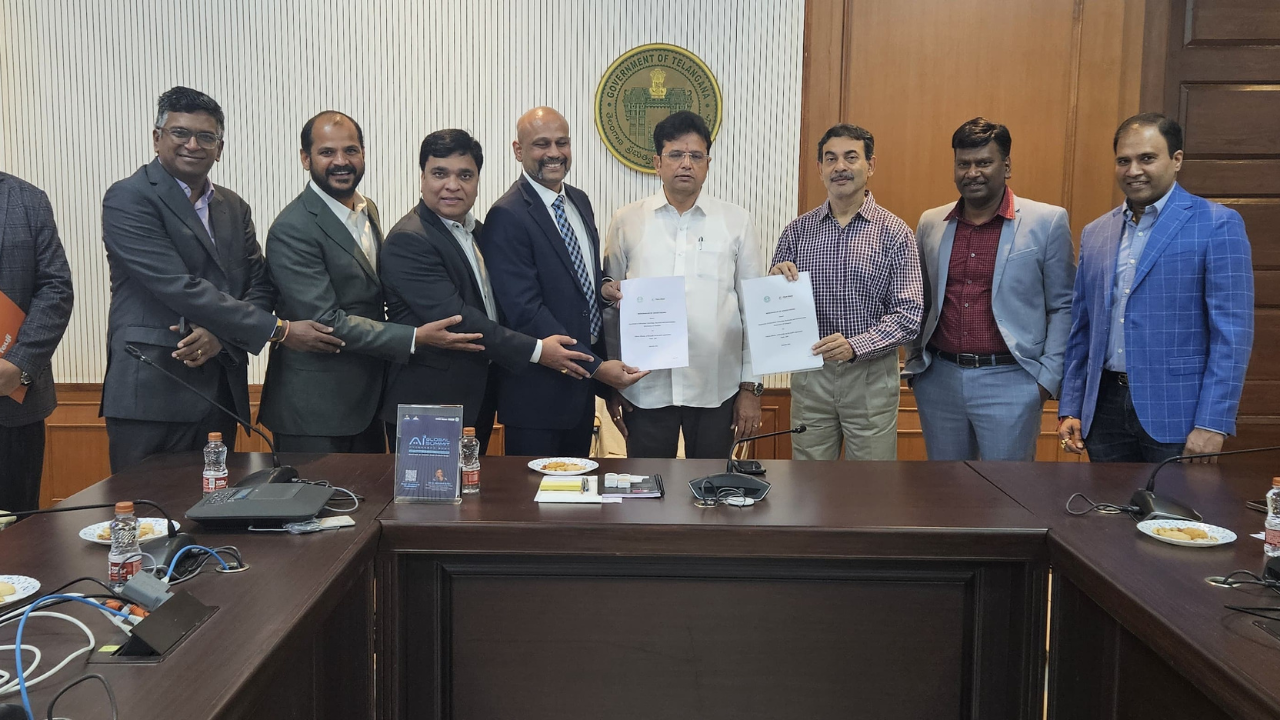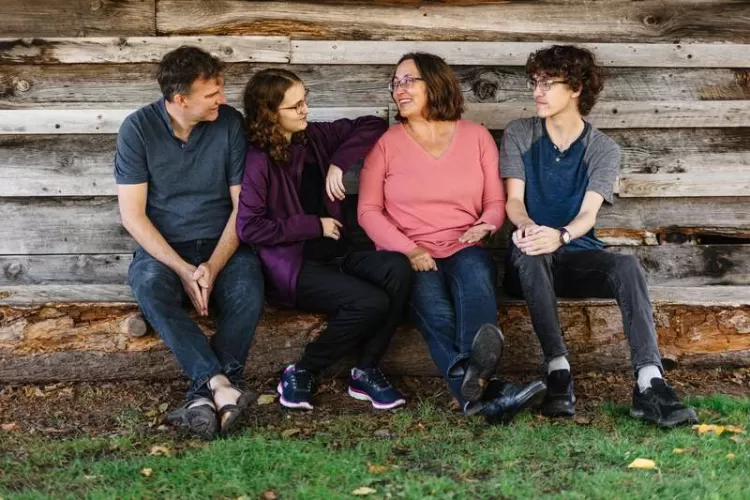Explained: Supreme Court Constitution bench verdict on sub-classification in SC/ST reservations
By a 6:1 majority, the seven-judge bench permitted sub-classification for Scheduled Castes and Scheduled Tribes in reservations by state governments.


The Supreme Court’s judgement on Thursday permitting sub-classification within the Scheduled Castes and Scheduled Tribes for the purpose of reserving seats in educational institutions and public employment will have wide-ranging ramifications. It allows the state to reserve seats for specific sub-groups within the quotas earmarked for Scheduled Castes and Scheduled Tribes.
A seven-judge Constitution bench of the Supreme Court made this decision in a 6:1 verdict. The bench’s 565-page judgment comprises six separate opinions. The judgments by Chief Justice of India DY Chandrachud, written on behalf of himself and Justice Manoj Misra, as well as those by Justices BR Gavai, Vikram Nath, Pankaj Mithal and Satish Chandra Sharma comprise the majority opinion. The sole dissenting opinion is contained in Justice Bela Trivedi’s judgment.
Gavai, Nath, Mithal and Sharma in their judgments also suggested that the state extend to reservations for the Scheduled Castes and the Scheduled Tribes the principle of the “creamy layer”, which aims to exclude the wealthier and more advanced members within a group from the benefits of affirmative action.
However, scholars have pointed out that quotas were not conceptualised as an instrument for economic upliftment. Instead, they were instituted as “a remedial measure for contemporary handicaps faced by individuals due to historical discrimination and deep...



































![Safari Thorium Neo 8-Wheel Luggage Set Trolley Bags (Set of 3) at just Rs. 5,599 [MRP 29,100]](https://savefree.in/uploads/images/202409/image_870x580_66f63845060f0.webp?#)












![Handmade Brown Mango Wood Chopping Board At just Rs. 89 [MRP 599]](http://savefree.in/uploads/images/202303/image_870x580_641bf7e9c2206.jpg?#)


